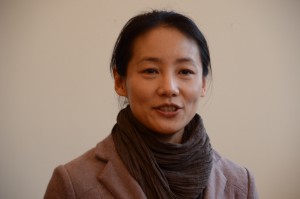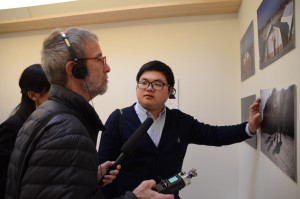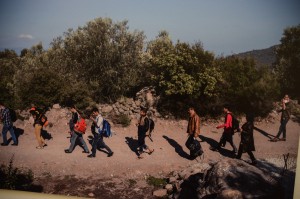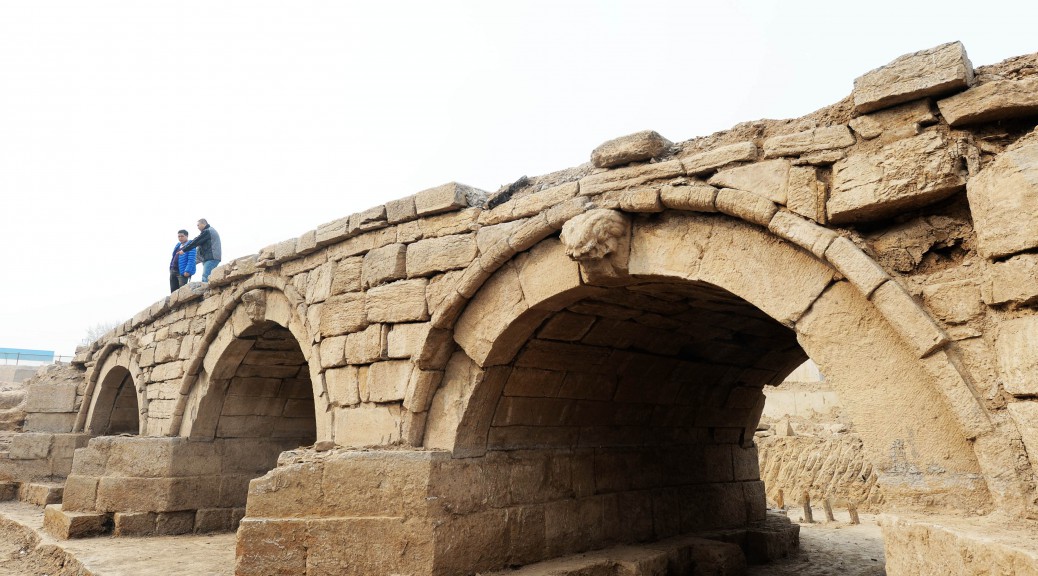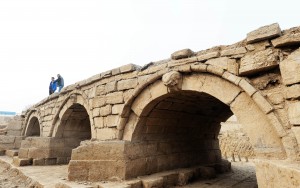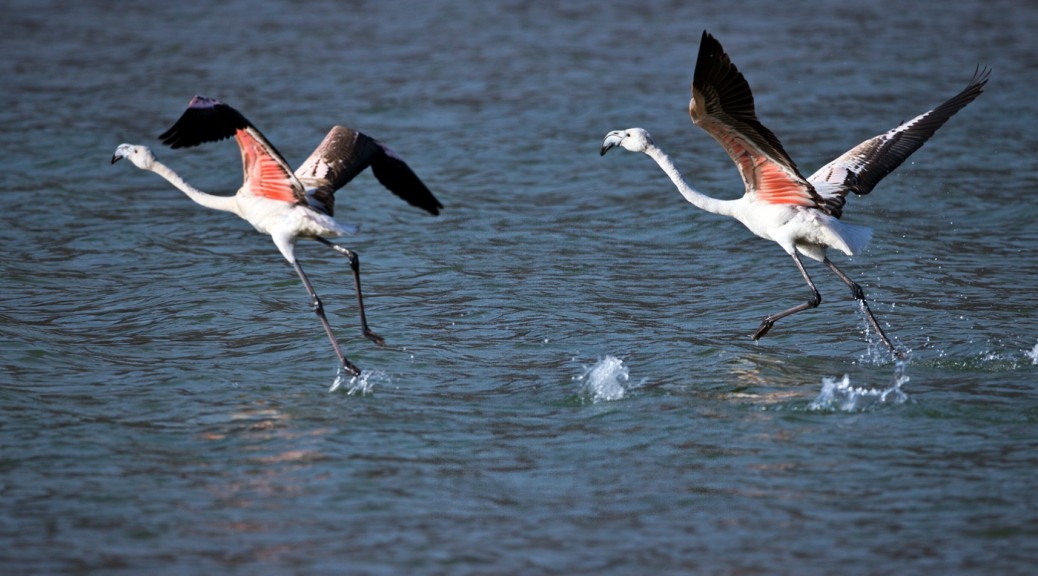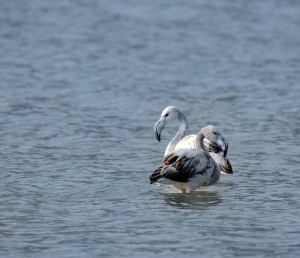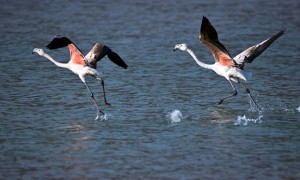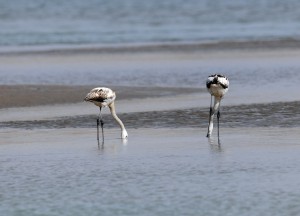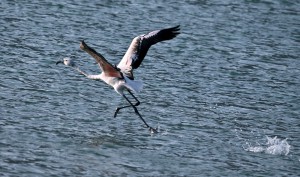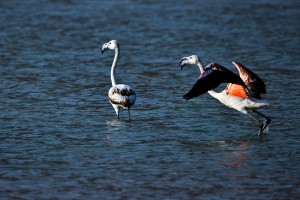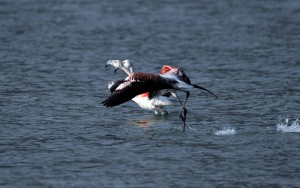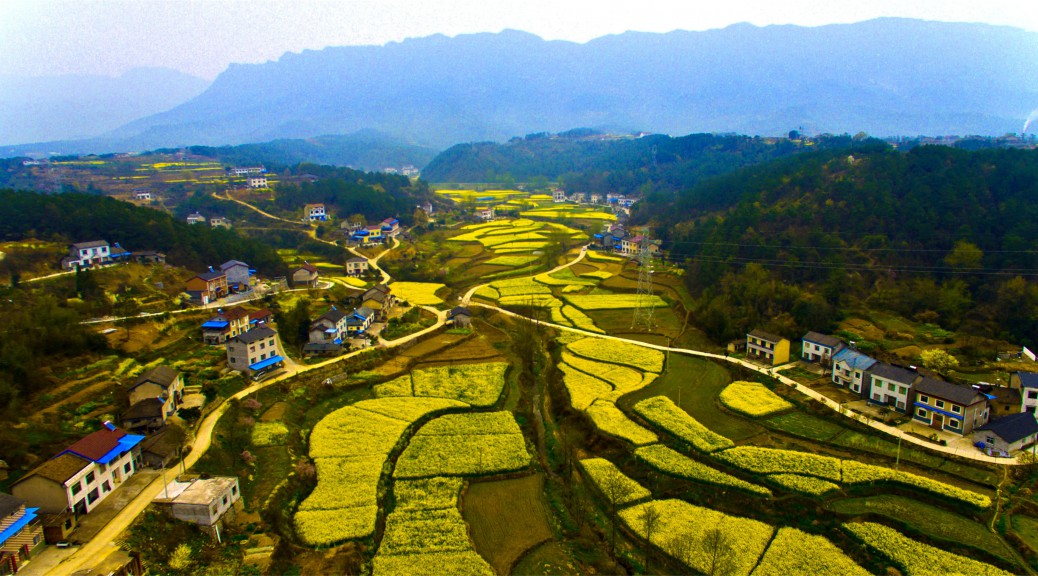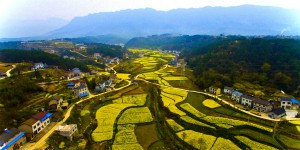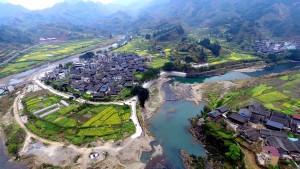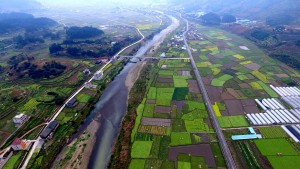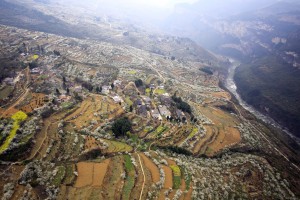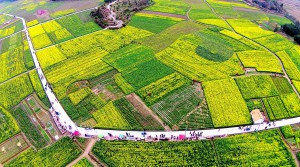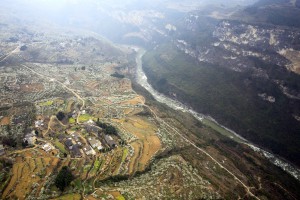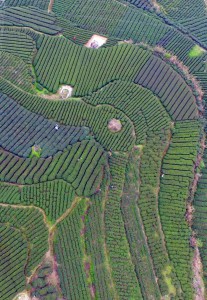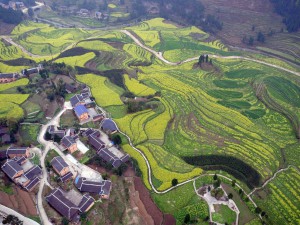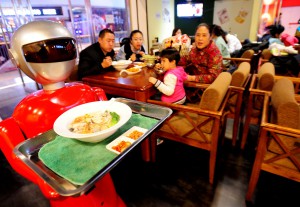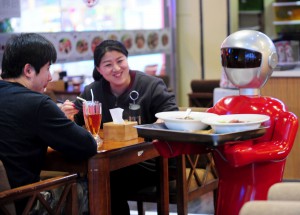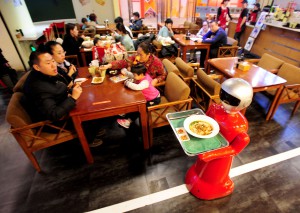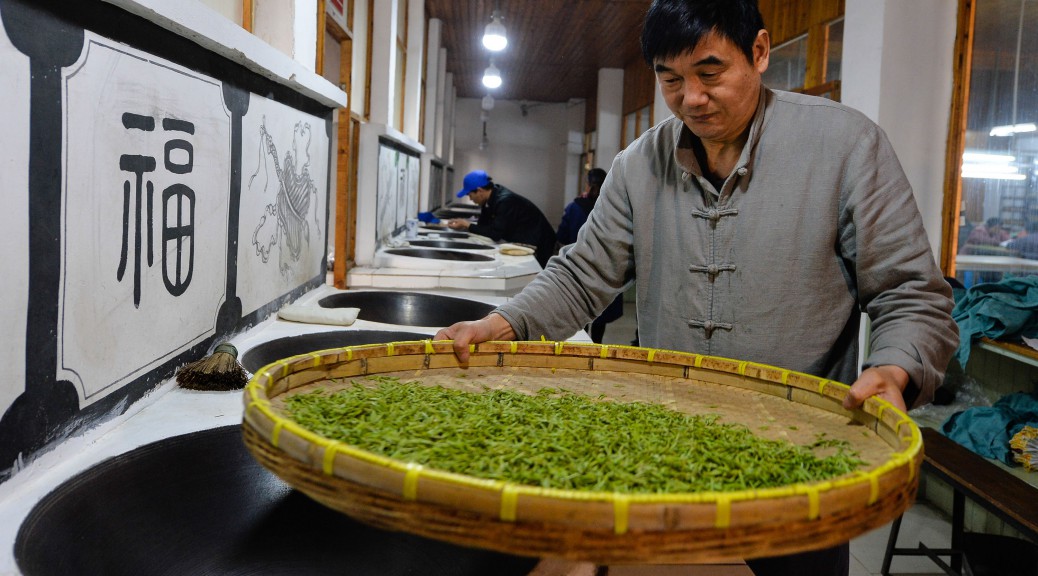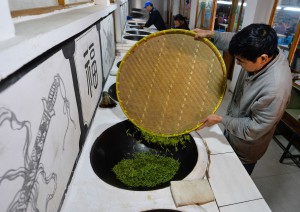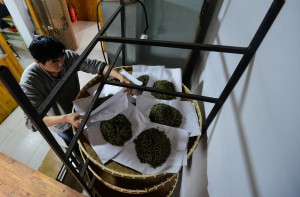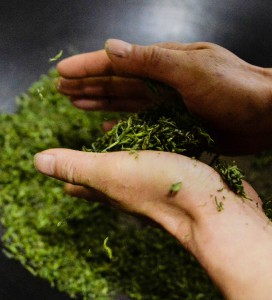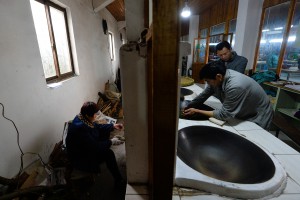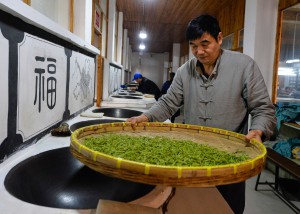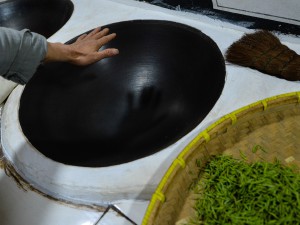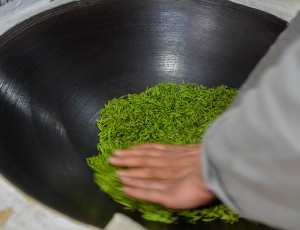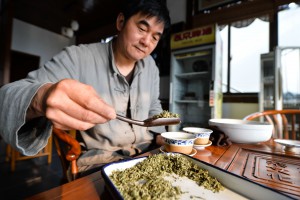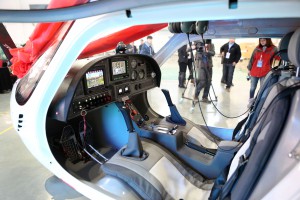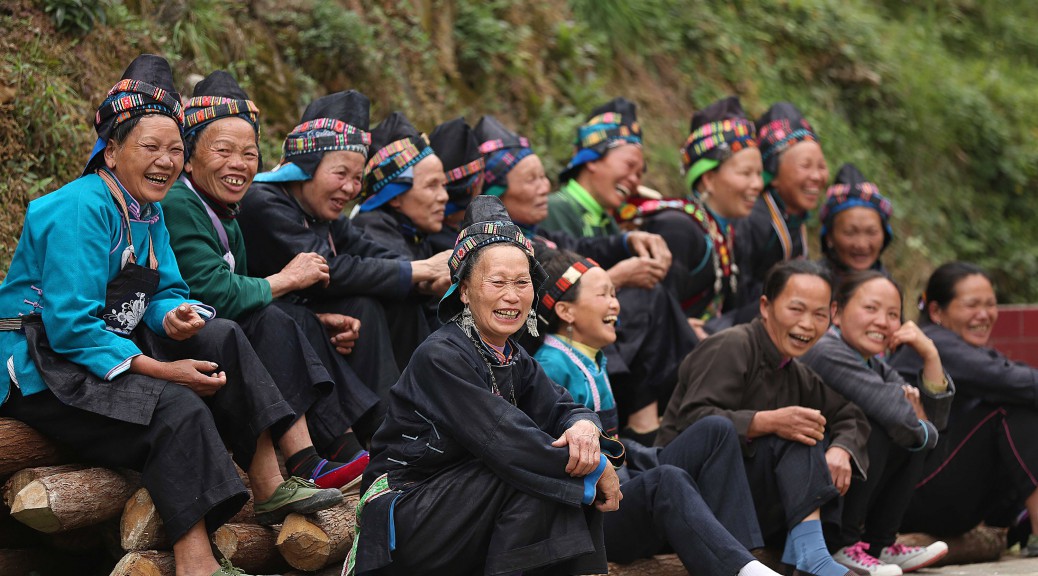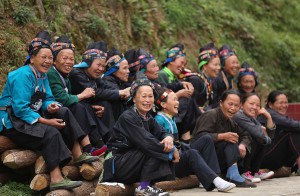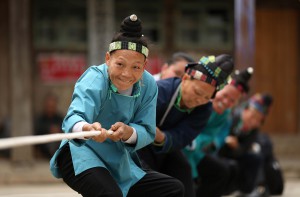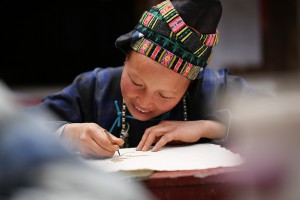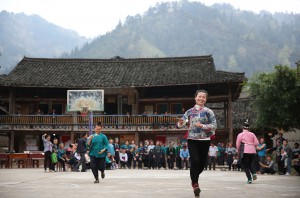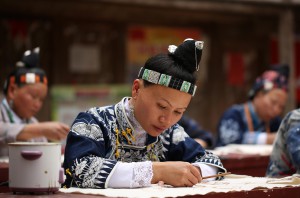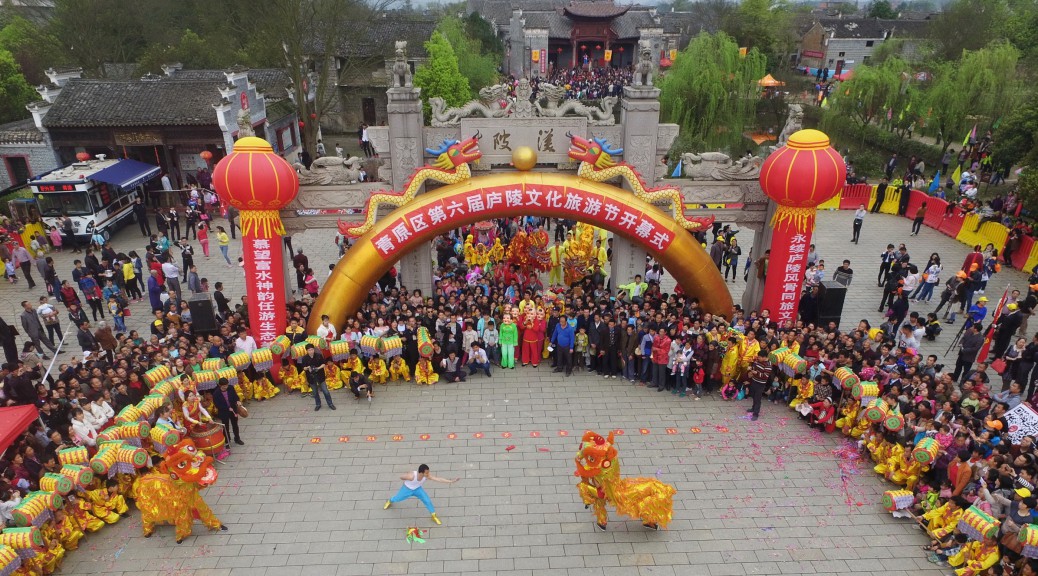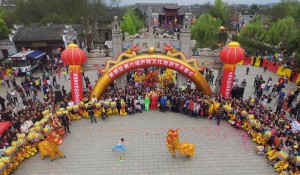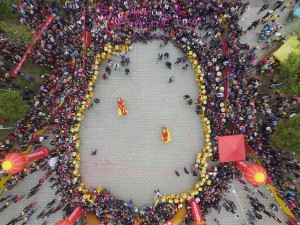BEIJING, March 16 (Xinhua) — Chinese lawmakers on Wednesday approved the country’s economic and social development blueprint for the 2016-2020 period, which sets targeted average annual economic growth at above 6.5 percent in the next five years.
A total of 2,778 lawmakers, or 97.27 percent, voted in favor of the five-year plan at the closing meeting of the annual session of the National People’s Congress (NPC).
China has set 2020 as the target year to realize the first “centenary goal” of building a moderately prosperous society in all respects, pledging efforts to double GDP and per capita personal income from the 2010 level before the Communist Party of China’s 100th anniversary of founding in 2021.
To this end, the five-year plan aims to keep medium-high growth in the next five years. By 2020, the size of China’s economy is expected to exceed 90 trillion yuan (13.8 trillion U.S. dollars), compared with 67.7 trillion yuan in 2015, according to the plan.
Addressing fellow lawmakers at the closing meeting, top legislator Zhang Dejiang called the 13th Five-Year Plan a document of “guiding importance” in the final stretch toward building a moderately prosperous society in all respects.
His words came amid rising economic headwinds in China, with uncertainties clouding global economic recovery.
China’s economy expanded 6.9 percent year on year in 2015, the slowest in a quarter of a century, weighed down by a property market downturn, falling trade and weak factory activity.
The government now hopes to shift the economy from the previous mainstay of exports and investment toward services and consumer spending.
According to the five-year plan, the reform and opening up drive will continue between 2016 and 2020.
China will push ahead urbanization and agricultural modernization, coordinate development in urban and rural areas, and work to improve the people’s well-being across the board so that all people can share the fruits of development.
An innovation-driven development strategy shall be implemented, while industries must be propelled toward medium-high end, the document read.
By 2020, advances should be made in core technologies such as information communication, new energy, new materials, aviation, biological medicine and intelligent manufacturing, it said.
The environment is another key priority in the 2016-2020 plan.
As binding targets, water consumption per 10,000 yuan of GDP will fall 23 percent by 2020, while energy consumption per unit of GDP will be cut by 15 percent. Carbon dioxide emissions will also be cut by 18 percent.
Major progress should be made on the China-proposed Belt and Road Initiative, and the service trade’s share in total foreign trade would be increased.
“The five-year plan has offered a clear roadmap for the fulfillment of our centenary goal,” said Liu Xiya, an NPC deputy.
In his government work report, Premier Li Keqiang said China had successfully fulfilled all the main tasks and targets set out in its 12th Five-Year Plan (2011-2015), setting a positive tone for the implementation of the new one.
Chinese can derive great confidence and a strengthened sense of unity from the country’s achievements, drawing on them to forge ahead on this new leg of the journey toward the Two Centenary Goals, he said.
His optimism was shared by Liu. “The next five years will mark the home stretch to 2020 target, and there is every reason to believe that we can deliver on those targets since our economic fundamentals are still sound,” she said.
The drafting of the new plan started early. A plenary session of the Communist Party of China (CPC) Central Committee last year was dedicated to review proposals for the five-year development blueprint and set its overarching principles.
A draft version of the plan was submitted to lawmakers for review at this year’s annual legislative session, during which dozens of changes were made.
Kan Ke, an official with the secretariat of this year’s NPC session, said the formulation of the final document was a very China-style political process: The proposition of the ruling Communist Party becomes the will of the state in a due course of legislative procedures.
He added that the drafting process was in line with the evolution of modern state governance, and is conducive to the implementation and enforcement of the Party’s decisions.
His words were echoed by Zheng Yongnian, professor and director of the East Asian Institute of the National University of Singapore.
Zheng hailed the consistency of China’s political and economic design in comparison with the West, where “a political party may make plenty of pledges before elections, but fail to deliver after coming to power.”
Kan agreed. “Coherence is the basis for our economic and social development. This is where our institutional superiority comes from,” he said. Enditem
Editor Xuefei Chen Axelsson
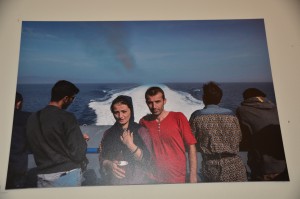 铜奖获得者上海澎湃新闻的摄影师陈荣辉对北欧绿色邮报网记者说,他曾花两周时间专门到希腊跟踪一家阿富汗难民到德国。摄影作品反映了难民的漂泊历程。
铜奖获得者上海澎湃新闻的摄影师陈荣辉对北欧绿色邮报网记者说,他曾花两周时间专门到希腊跟踪一家阿富汗难民到德国。摄影作品反映了难民的漂泊历程。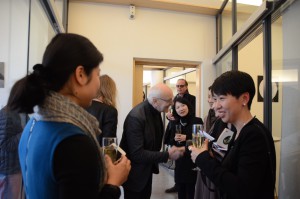 本次图片展是由上海对外文化交流协会和上海文学艺术界联合会主办,上海市摄影家协会承办的。
本次图片展是由上海对外文化交流协会和上海文学艺术界联合会主办,上海市摄影家协会承办的。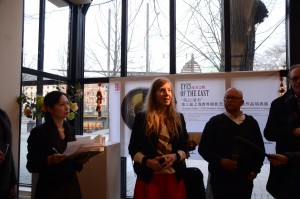 出席图片展的还包括So Stockholm馆长玛利亚,上海文学艺术界联合会联络处副处长陆琪雯和上海摄影家协会教育部主任张珂。
出席图片展的还包括So Stockholm馆长玛利亚,上海文学艺术界联合会联络处副处长陆琪雯和上海摄影家协会教育部主任张珂。
